Speech by the Governor
Liaoning is an important interface-link between the Chinese Northeastern Economic Zone and Bohai Economic Rim. It is located at the south of the Northeastern region of China; it faces the Yellow Sea and Bohai Sea in its south, and looks over Korea and Japan across the neighboring shore. It is next to Jilin Province and contiguous with Hebei Province at its southwest end. It meets with the Inner Mongolia Autonomous Region at its western junction and looks over the North Korea at its eastern boarder along the Yalu River. Its profound historical culture also presents a strong presence in the prosperous Chinese national civilization.
With a solid industrial foundation, it has established an industrial system of a core industrial province in China with full variety of industrial categories, including metallurgical, electromechanical, petroleum, chemical and building materials industries as its leading sectors. It has perfect infrastructure, and it has basically formed a communication network with supports of ports, rails, highways, civil airlines and pipelines transportation. The railway length within the territory is about 5,000 km; the total road length is about 50,000 km, in which highway length is about 1,700 km; there are 5 civil airports providing more than 150 locally or overseas bound air-routes. There are more than 120 berths along the coastal seaport cluster and communicating to more than 150 countries and regions in the world.
In 2003, the central government started to implement the strategy of revitalizing the traditional industrial base in the Northeastern region; Liaoning has marched forward in the midst of the voice of clarion, footsteps of the opened economic development are being expedited, the opened concept of "wide opening, further business invitation, intense revitalizing, great development" has been fully exhibited, and the national economy is being launched into a high speed development.
In this new round of outward opening, the CPC Provincial Committee and the Provincial Government have brought up the actions of developing coastal economic belt according to the environment of Liaoning development and its unique advantages. They fully make use of the geographical advantage, backed by ports and land resources and make full input into establishing a "5-dot and 1-line" deployment (that is: the strategic concept of joining the Dalian Changxing Island Lin Gang Industrial Zone, Liaoning (Yingkou) coastal industrial base (including Panjin Marine Building and Repairing Industrial Park), Liaoxi Jinzhou Bay Coastal Economic Zone (including the Jinzhou Xi Hai Industrial Park and Huludao Bei Gang Industrial Park), Liaoning Dandong Industrial Park and Dalian Hua Yuan Kou Industrial Park that are all located along the coastal line of Liaoning). They hope to expedite the momentum of Liaoning Coastal Economic Zone construction, and to drive the speedy economic development of Northeastern region or even the Northeastern Asia through set up of Liaoning Coastal Economic Zone.
The new opened structure is to have Dalian as its driving engine, the central urban cluster of Shenyang as its hinterland, Dandong and Jinzhou as its two wings, and Liaoning shall be like a gigantic industrial vessel being driven by the strong revitalization of the Northeastern region, loads with bustling vitalities and sails towards a prosperous and harmonious destination.
Governor of People's Government of
Liaoning Province
Zhang Wenyue
(i) Geographical Location
Liaoning Province, which is called" Liao" for short, is located in the south of the northeast region of China, with geographical coordinate o f 118°53′- 125°46′east longitude and 38° 43′- 43°26′north latitude. The land area of Liaoning province is 145,900km2, making up 1.5% of the total land area of China; its water area is 10,000km2, making up 6.8% of the total water area of China; its area of sea is up to 150,200km2 and its total continental coastline is 2,178km, accounting for 12% of the total continental coastline of China.
Liaoning province is contiguous with Jilin province in northeast, neighbors Inner Mongolia Autonomous Region in northwest, borders on Hebei province in southwest, faces the DPRK across Yalu River and is close to Yellow Sea and Bohai Sea in its south.
Liaoning is a traffic hub on the way from the northeast region to the south of Shanhai Pass and it is also an important gateway and front connecting the northeast region and Inner Mongolia with the world and the Europe-Asia Land Bridge.
(ii) Climate Characteristics
Liaoning is in the continental monsoon climate area of temperate zone, with such climate characteristics as: long cold period, strong wind in plain, humid in east and dry in west, concentration of rainfall, sufficient sunshine and distinct four seasons. In Liaoning, the average year-round temperature is about 5-10℃ , the average year-round rainfall is 500-1,000mm in general and the year-round sunshine duration is 2,300-2,900 hours in most areas. Except Xifeng and Xinbin of which the frost-free days are below 130 days and the south of Dalian and Changhai of which the frost-free days are more than 200 days, the frost-free days in other areas of Liaoning are 130-200 in general.
(iii) Population and Nationalities
Liaoning province now has a population of 42.21 million, in which 24.77 million are city and township dwellers, accounting for 58.7% of the total population; 17.43 million are country dwellers, accounting for 41.30% of the total population. Liaoning is a multi-nationalities province, having 44 nationalities in total including the Han Nationality, the Man Nationality, the Mongol Nationality, the Hui Nationality, the Korean Nationality and the Xibo Nationality etc.. The total population of minorities is 6.55 million, accounting for 16% of the total population of Liaoning. There are fi ve minorities of which the population is over 10,000, they are the Man Nationality, the Mongol Nationality, the Hui Nationality, the Korean Nationality and the Xibo Nationality. Other major nationalities are the Zhuang Nationality, the Miao Nationality, the Tujia Nationality, the Tahur Nationality and the Yi Nationality.
(iv) Natural Resources
There are 115 kinds of mineral resources found in Liaoning, including 69 kinds with proven reserves. There are larger reserves of ferrous metals, non-ferrous metals and non-metals, in which the reserves of iron, boron, magnesite, diamond, talcum, jade and solvent limestone etc. rank the fi rst in China; there are also abundant reserves of such non-ferrous metals as gold, silver, copper, aluminium and zinc etc. and such special non-metal ores as asbestos; the reserves of oil and natural gas in Liaohe Oil Field account for 15% and 10% of the total reserves in China respectively, and the crude oil production in Liaohe Oil Field ranks the third place in China.
Liaoning now has 3,920,000 ha of forest land, with forest coverage rate of 28.7%, and has 2,270,000 ha of grassland, grass hills and grass slopes, so Liaoning is a suitable place for developing animal husbandry. As Liaoning traverses Yellow Sea and Bohai Sea, it has long coastline where prawns, abalones, scallops and sea cucumber etc. teem. Liaoning is also rich in rice, wheat, corn, sorghum, soybean, peanuts, cotton and sun flower; Liaodong Peninsula and the lowhilly region in the west of Liaoning are the important production base of fruits, Ginseng, pilous antler, marten and tussah, and their fruit yield ranks the first in China.
As one of five major sea salt producing areas in China, Liaoning has more than one million mu of salt pan. Along the coastline in Panjin and Yingkou, there are nearly one million mu of reed wetland which is an important material for the pulp and paper industry.
(v)Infrastructure and Transportation
Airports and Harbors
In Liaoning there are 6 airports (in Shenyang, Dalian, Anshan, Jinzhou, Dandong and Chaoyang respectively) which open air-routes to more than 100 large and medium-sized cities of China and such countries and regions as Japan, Russia, South Korea and Hong Kong etc.. The mileage of air-routes for civil aviation reaches 330,000 km and the number of air-routes reaches 112.
number of air-routes reaches 112. In Liaoning there are 5 harbors (i.e. Dalian Port, Yingkou Port, Dandong Port, Jinzhou Port and Huludao Port) which open sea routes to more than 140 countries and regions in five continents and have 120 berths in total, including 86 berths of 10 thousand tons, and the annual cargohandling capacity is nearly 200 million tons.
Highways
By the end of 2005, Liaoning's total road mileage had reached 53,521 km, in which the expressway mileage is 1,773 km, having an increase of 8.3%.
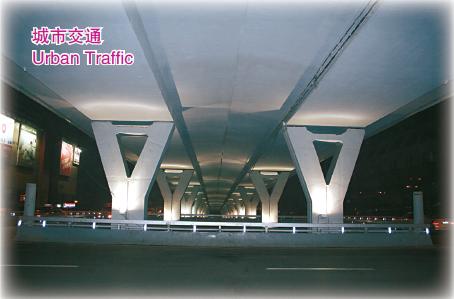
Railways
By the end of 2005, Liaoning's total railway mileage had reached 3,922.1km. The turnover volume of freight transport by railway reached 119.48 billion ton-km and the freight traffic reached 142.71 million tons; the turnover volume of passenger transport by railway reached 38.14 billion person-km and the passenger traffic reached 95.03 million persons.
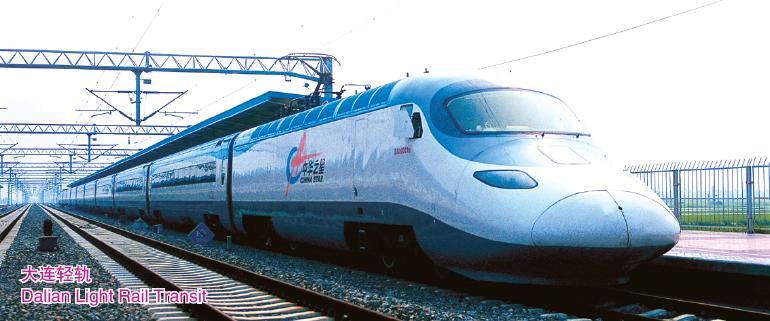
Finance and Insurance
In 2005 the cash incomes of the financial institutions in Liaoning reached RMB2,991.546 billion yuan, the cash expenditures reached RMB2,994.357 billion yuan and the accumulative net currency issuance reached RMB2.812 billion yuan. By the end of 2005, the year-end (RMB) deposits balance of the fi nancial institutions in Liaoning reached RMB1, 196.695 billion yuan.
By the end of 2005, Liaoning had 59 listed companies (including overseas-listed companies), of which 50 companies are domestically listed companies which have issued 48 A-shares and 5 B-shares with a total market capitalization of RMB89.416 billion yuan.
In 2005 the premium income of Liaoning's insurance industry reached RMB22.462 billion yuan.
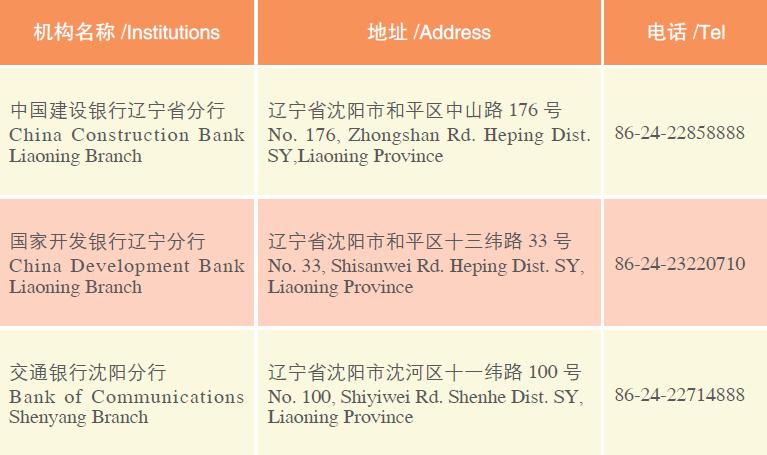
Telecommunication
By 2005, the total length of optical fibre cables in Liaoning reached 150,000km, and the number of telephone users reached 30.44 million with a tele-density of 72 units/100-persons, in which the number of fixed telephone users is 16.6 million and the number of mobile users is 13.84 million; the number of INTERNET users is 6.06 million and the number of broadband access users is 1.83 million.
Internet
Liaoning has 2.915 million Internet users and the number of Internet-connected computers is 0.96 million; the number of domain names registered under CN in Liaoning is 9,793 and the number of websites is 20,446.
(vi) External Contacts
Sister Provinces/States and Sister Cities
Up to 2005, the number of the provinces and states, which have established "sister-province/state" relations with Liaoning, and the foreign cities and counties, which have established "sister-city/county" relations with the cities of Liaoning, is 78 in total. There are 15 provinces and states which have established "sister-province/ state" relations with Liaoning.
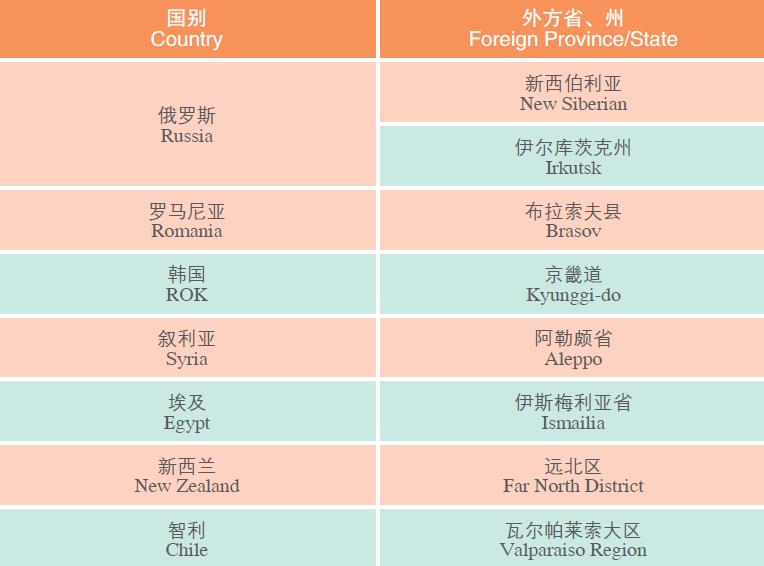
International Expositions
China International Equipment Manufacturing Exposition (CIEME)
Dalian International Fashion Festival in China
China (Dalian) International Software Fair
China Dalian Import & Export Commodities Fair
CIEME is a state-level exposition approved by the State Council and is held in Shenyang every autumn.
Since 2002, four CIEMEs have been successfully held. The CIEME reflects the new successes of our country and the world achieved in equipment manufacturing and provides a platform for both domestic and overseas manufacturers to unfold their strength and seek for partners. CIEME is a grand international event of equipment manufacturing industry, integrating product show, trading and ordering, academic seminar, negotiation on investment and technical cooperation, and it is an opportunities-making exposition gathering the international famous brands.
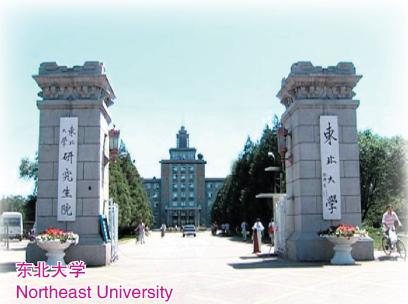
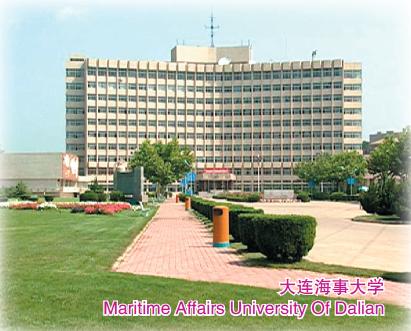
(vii) Higher Education and Scientific Research
Now there are 70 tertiary institutions in Liaoning, including such domestically celebrated institutions as the Northeastern University, China Medical University and Liaoning University etc., with 0.55 million on-campus students. There are more than 1.7 million various kinds of scientific and technological professionals.
Liaoning now has 1,132 institutes for scientific research & technical development; there are 51 academicians of the Chinese Academy of Sciences and the Chinese Academy of Engineering; there are 58 state-level and provincial-level key industrial test bases and labs as well as engineering centers and achievements promotion centers. Liaoning enjoys a vital position in China, even the world, in respect of the research and study in such 25 disciplines and specialties as Metal Materials, Industrial Automation and Rice Breeding etc.. In 2005, Liaoning achieved 3,962 achievements in total, including 2,765 applied technological achievements.
Famous Scenic Spots
Liaoning province is an important tourist destination in the Northeast Asia and has many world famous historical sites. In the central Liaoning there exist Shenyang Palace Museum," The Three Mausoleums out the Strategic Pass" and other historic sites survived from the Qing Dynasty; in the south there exist the historic sites of modern war and in the west there exist the historical sites survived from the Qin Dynasty, the Han Dynasty, the Liao and Song Dynasties, the Ming Dynasty and the Qing Dynasty. Famous mountains, beautiful rivers and marvelous scenes can be found throughout Liaodong Peninsula and the corridor region in the west of Liaoning. The Submerged Great Wall at Jiumenkou of Huludao city, Shenyang Palace Museum, the Yongling Tomb in Fushun, the Fuling Tomb and Zhaoling Tomb in Shenyang are recognized by the UNESCO as the World Cultural Heritages. Liaoning owns the world's biggest jade Buddha – Anshan Jade Buddha; has the world's longest water filled cavern – Benxi Water Cavity which can be visited by riding boat; has the world' s biggest polar aquarium – Dalian Hutan Polar Aquarium; has the world's largest "visitor" coming from the outer space 1.9 billion years ago – Shenyang ancient meteorite; and has the second biggest reed field in the world – Panjin Shuangtaizi Wetland Natural Reserve; in addition, such marvelous sceneries as the Strange Slope in Shenyang, the boundary between the Yellow Sea and Bohai Sea in Dalian, Snake Island, the Penholder Mountain in Jinzhou and the Red Beach in Panjin etc. are all widely publicized; Qianshan Mountain, Phenix Mountain, Chessboard Mountain, Yiwulu Mountain, Bingyugou Valley, Haitang Mountain, Yalu River, Sarr, Qinghe River, Five-Ladies Mountain and Tianhua Mountain are graceful and beautiful.
Characteristic Products and Foods
Liaoning has five characteristic products, i.e. sea cucumber, kelp, Magnolia sieboldii, Fushun amber crafts and silk flower. Besides these, Liaoning's apples, pears, hazels, hawthorn, prawn, clam, abalone, scallop, mink, sable, tussah, tussah silk, wild jujube seed, tobacco, Schisandrins, Ginseng, pilous antler, WildGinger, Fushun Jet Carving, Xiuyan Jade, the feather picture series of Dazheng Hall of the Imperial Palace in Shenyang, Liaoning, Dalian's crystal products, Xiuyan Jade of Anshan, Liao Ink stone of Benxi, Fuxin's agate, and the Paleozoic fossil found in the west of Liaoning are well known.
The Liao-style Dishes is a kind of folk cuisine which is developed on the basis of Manchu-style Dishes and the Northeast style Dishes and by absorbing the merit of the dishes of other styles. Its features are melting multi-fl avors into one dish, making no mix of salty and sweet, being crisp, well do and fragrant, being highly-seasoned, adding edible oil and starch before dish-up, and having nice dish-up.
Besides Liao-style Dishes, the other flavor dishes of Liaoning are the" Feast of Complete Manchu-Han Courses"," Laobian Jiaozi"," Ma's Shaomai"," Jinzhou-style Salted Vegetables", assorted hot pot", Stewed chicken with Ginseng"," Stewed Plum shaped fish maw"," Fried drumsticks with abalone"," Li Liangui Pancake"," Na's Braised Pork" and Baofayuan Dishes etc.
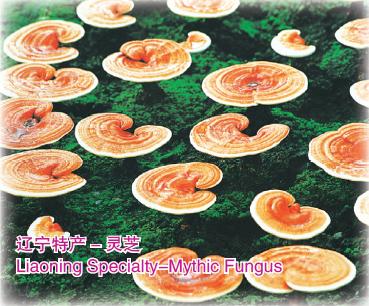
Doing Business in Liaoning Province of China:II Economy
Doing Business in Liaoning Province of China:III.Investment
Doing Business in Liaoning Province of China:IV.Development Zones





